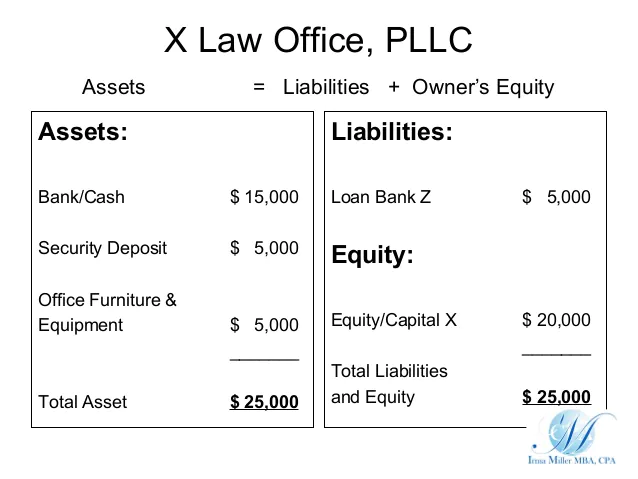Because an effective assessment of internal and external risks is a prerequisite for effective project management, steps should be taken to ensure a circumspect evaluation of each. The availability of numerous perspectives on the same problem will serve to analyze both internal and external factors that may impact the project. Business risk is an umbrella term for the factors and events that can impact a company’s operational performance and income. Business risks can hinder a company’s ability to provide its investors and stakeholders with expected returns. However, a company can reduce its exposure to business risk by identifying internal risks and external risks. Of course, there is no single plan that can eliminate risk, but with proper planning, companies can anticipate risks and respond appropriately.
Table of Contents
ToggleHow Companies Can Reduce Internal and External Business Risk
For example, strong leadership and a skilled workforce are 7 home business ideas for food lovers strengths that can be leveraged to drive growth. On the other hand, poor operational efficiency or limited financial resources are weaknesses that need addressing to avoid negative outcomes. Moreover, assessing internal factors allows businesses to be proactive, fostering resilience against external challenges such as market competition or economic shifts. Regular evaluation of internal factors ensures a business can proactively adjust to preferences and societal changes while improving resilience and efficiency. The employees’ competence, motivation, and collaboration directly impact productivity, innovation, and the company’s ability to adapt to challenges.
- The risk score is the result of your analysis, calculated by multiplying the Risk Impact Rating by Risk Probability.
- Because an effective assessment of internal and external risks is a prerequisite for effective project management, steps should be taken to ensure a circumspect evaluation of each.
- Natural risk factors include natural disasters that affect normal business operations.
- A rules-based approach is effective for managing preventable risks, whereas strategy risks require a fundamentally different approach based on open and explicit risk discussions.
- A positive culture can boost morale, competence, and productivity, improving overall business performance.
Internal and External Risks in Project Management
As much as external issues may dominate the headlines, it’s the internal mechanisms that often dictate how resilient an organization truly is. Being vigilant in identifying, categorizing and acting on internal risks enables you to steer the ship with precision, even when unexpected storms hit. We’ve examined the types of risk your organization might face that originate or impact your internal operations.
Internal Factors Affecting Business Success
Internal risks are potential threats or uncertainties accounting vs. billing software that originate within an organization, affecting its operations, finances, reputation, or overall performance. These risks can arise from various sources such as employees, processes, technology, and organizational structure, and they can significantly impact the achievement of strategic objectives. Understanding internal risks is essential for effective risk management, as they often require specific mitigation strategies to minimize their impact on the organization.
Inherent Risk: Definition, Examples, and 3 Types of Audit Risks
But, there are other audit risks that auditors must look out for on a regular basis. The risk of loss resulting from inadequate or failed internal processes, people, and systems or from external events. As key indicators of any Enterprise Risk Management System, risk scores can help you identify and respond to the most pressing concerns affecting the health of your organization. In this blog post, you’ll learn what they are, how they’re calculated, and how to use them most effectively. For instance, if your company struggles with high costs or low productivity compared to competitors, this would be a weakness.
Also, having access to the credit markets and establishing financing in the form of loans, credit lines, or bonds before the risks materialize can help companies stay financially solvent during tough times. Companies with higher levels of business risk should choose a capital structure that has a lower debt ratio to help ensure it can meet its financial obligations at all times. As you may have experienced, mid-level management is often accounting principles definition more aware of potential internal risks, but have trouble securing support from upper management to put adequate mitigation processes in place.
While each has their own unique benefits, a true culture of security relies on each stage working together for peak efficiency and protection. Humans and human behaviors are messy, and the business of doing business always comes with human risks. Increases in interest rates by the Federal Reserve can lead to higher borrowing costs by increasing the interest expense for short-term and long-term debt. For example, if a company issues a bond—which is a debt offering—to raise funds while interest rates are rising, the company will need to pay a higher interest rate to attract investors. For example, companies can obtain credit insurance for their accounts receivable through commercial insurers, providing protection against customers not paying their bills.
Business risks are typically categorized as either internal or external risks. Project managers must identify and prioritize risks to the project at hand that are internal to the organization. Personnel issues such as the sickness or unanticipated termination of a key team member also can be considered as internal risks to the project. Obviously, the volatility of essential infrastructures will vary depending on the location of the team, so it may or may not warrant consideration during the risk assessment process.


